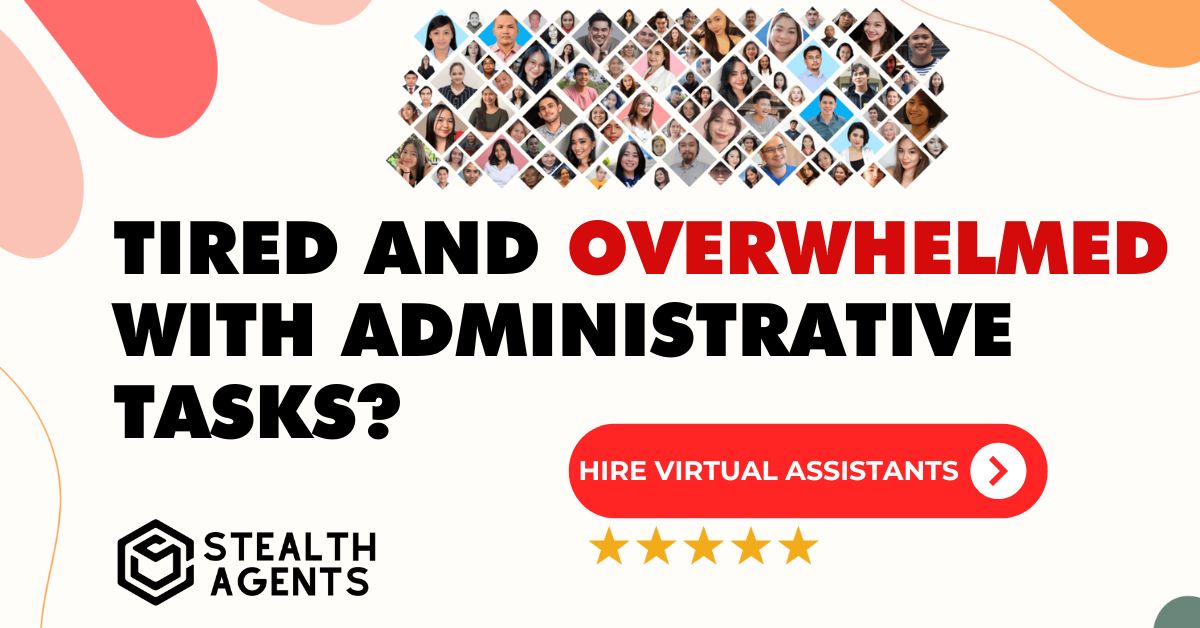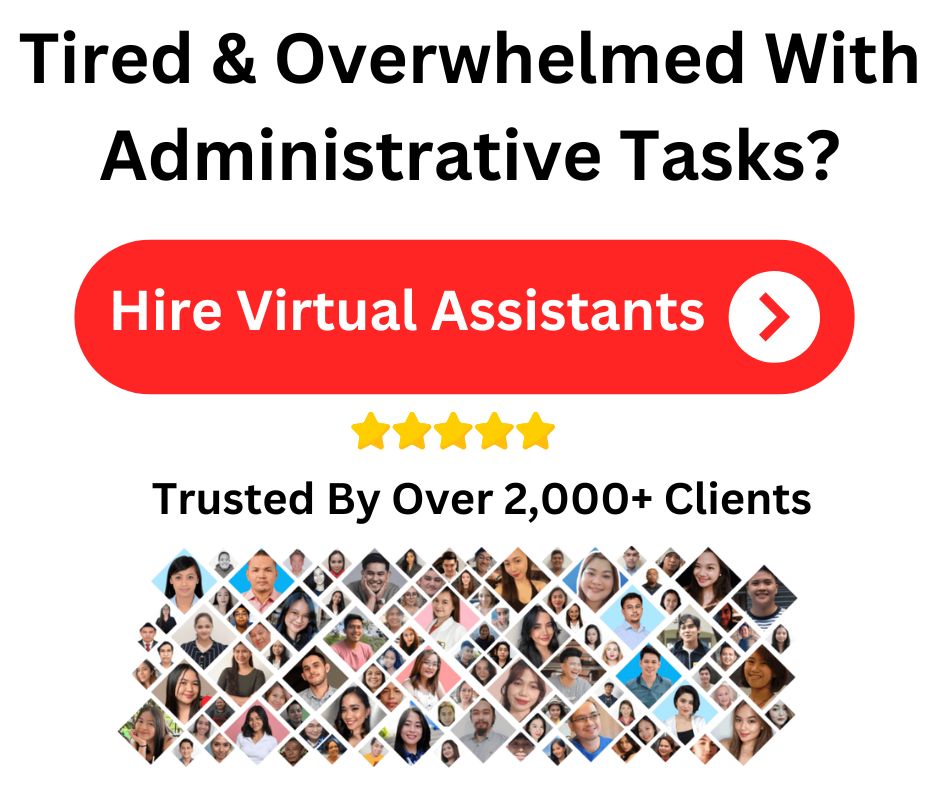As a business owner, you may have heard about the benefits of outsourcing your company’s processes.
But with so many options and services available, it can be overwhelming to figure out where to start.
In this guide, we will break down the top 20 outsourcing essential aspects of BPO that every business owner should know.
Enhance your workflow with Stealth Agents.
Book your virtual assistant today and check out our competitive pricing.
-
Vendor Selection: Choosing the right third-party service provider based on their expertise, reputation, and cost-effectiveness.
-
Service Level Agreement (SLA): A formal document that defines the level of service expected from the service provider.
-
Outsourcing Strategy: Developing a clear plan and objectives for what the business hopes to achieve through outsourcing.
-
Cost-Benefit Analysis: Evaluating the financial benefits against the costs associated with outsourcing a business process.
-
Process Mapping: Documenting existing processes to understand and communicate how these processes will be managed by the outsourcing partner.
-
Quality Control: Establishing standards and procedures to ensure the outsourced service meets the desired quality.
-
Data Security and Privacy: Ensuring the protection of sensitive company and customer data in the hands of the outsourcing partner.
-
Communication Plan: Structuring how communication will be handled between the company and the service provider.
-
Cultural Fit: Assessing whether the outsourcing partner’s corporate culture aligns with that of the hiring company.
-
Risk Management: Identifying and mitigating risks associated with outsourcing, including operational, reputational, and compliance risks.
-
Performance Metrics and KPIs: Setting key performance indicators to measure the effectiveness and efficiency of the outsourced services.
-
Contract Management: Handling the legal aspects of the outsourcing agreement, including terms, conditions, and contract duration.
-
Transition Management: Overseeing the transfer of processes and services from in-house teams to the outsourcing partner.
-
Training and Development: Ensuring that the outsourcing partner’s employees are adequately trained to handle the company’s processes.
-
Scalability and Flexibility: Ensuring the outsourcing arrangement can adapt to the changing needs and growth of the business.
-
Continuous Improvement: Regularly reviewing and improving the outsourced processes for better efficiency and effectiveness.
-
Crisis Management Plan: Preparing for and managing potential crises or issues that may arise during the outsourcing partnership.
-
Intellectual Property Protection: Safeguarding the company’s intellectual property in the outsourcing agreement.
-
Compliance and Legal Regulations: Ensuring that the outsourcing partner complies with all relevant laws and regulations.
-
Relationship Management: Building and maintaining a strong, positive relationship with the outsourcing partner for mutual benefit.
Takeaways
After learning about the 20 essential elements of business process outsourcing, it’s clear that this strategy is vital for any company looking to streamline its operations and improve efficiency.
By outsourcing certain tasks, businesses can save time and resources while also gaining access to specialized skills and technologies.
*advertisement*
Tired & Overwhelmed With Administrative Tasks?
Hire A Top 1% Virtual Assistant From Stealth Agents!

Sign Up Below & Hire A Top 1% Virtual Assistant
Rated 4.7 Stars Serving Over 2,000+ Customers.
Hire Top 1% Virtual Assistants For $10-$15 Per Hour
Ask About Our 14 Day Trial!
*advertisement*










